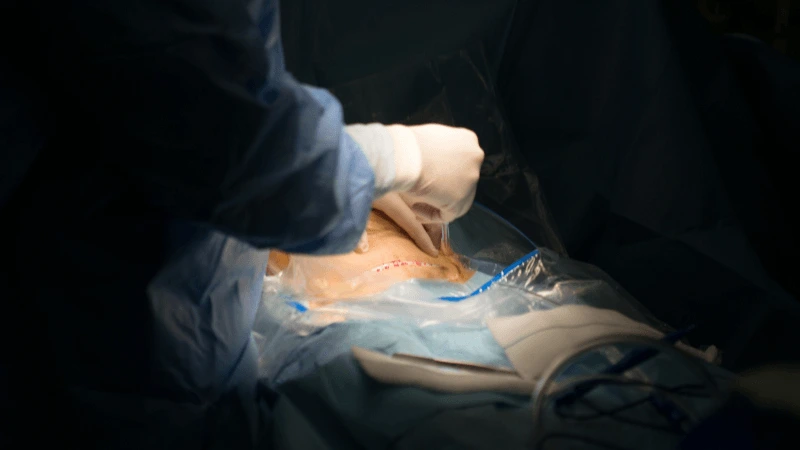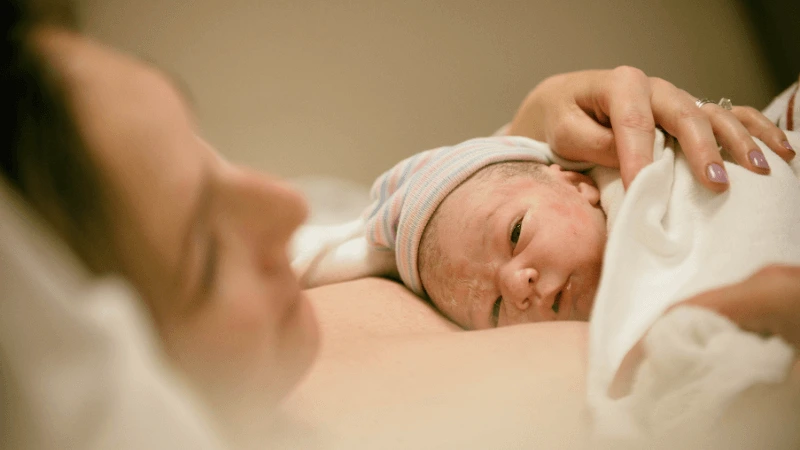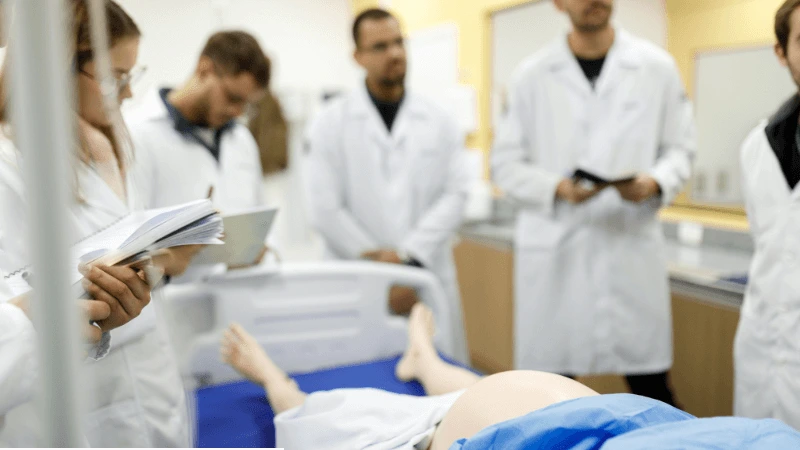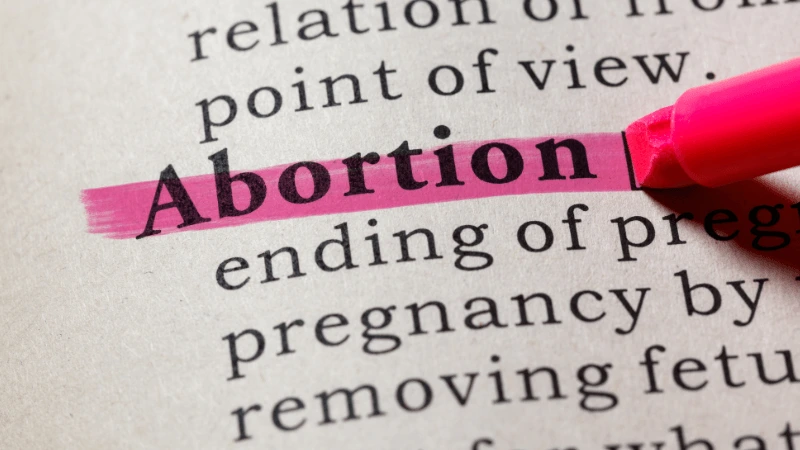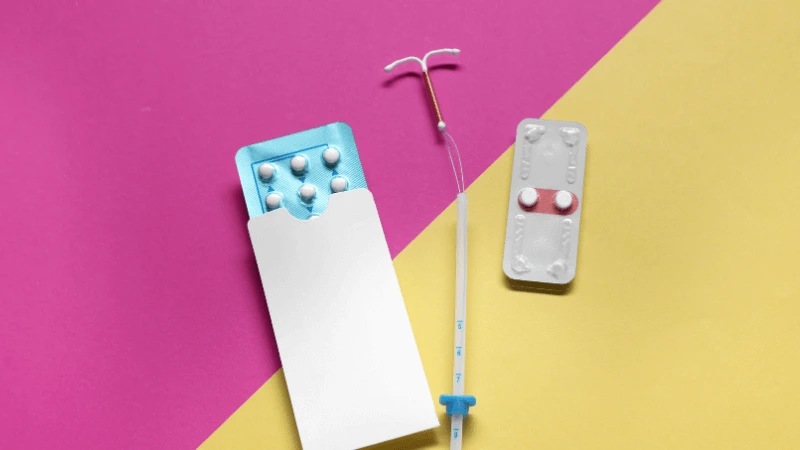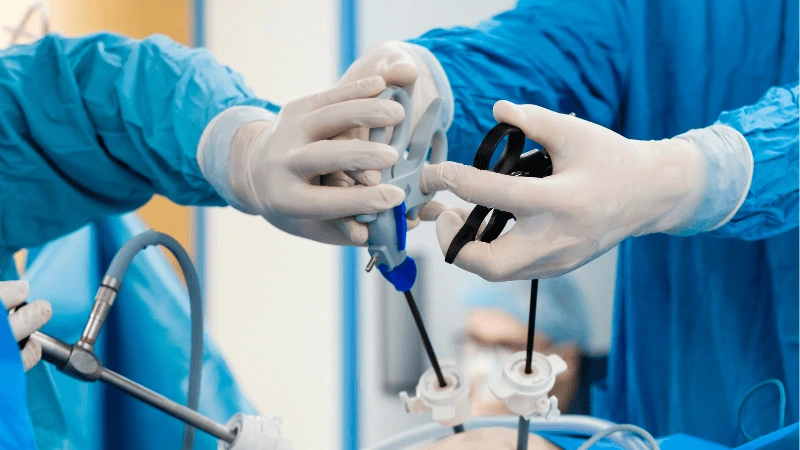Cesarean Delivery (C-Section) by Dr. Deepshikha Dwivedi in Baner, Pune
Sometimes a C-section is safer for you or your baby than is a vaginal delivery.
Your labor isn't progressing. Stalled labor is one of the most common reasons for a C-section. Stalled labor might occur if your cervix isn't opening enough despite strong contractions over several hours.
Your baby is in distress. If your health care provider is concerned about changes in your
baby's heartbeat, a C-section might be the best option.
Your baby or babies are in an abnormal position. A C-section might be the safest way to
deliver the baby if his or her feet or buttocks enter the birth canal first (breech) or
the baby is positioned side or shoulder first (transverse).
You're carrying
multiples. A C-section might be needed if you're carrying twins and the leading baby is
in an abnormal position or if you have triplets or more babies.
There's a problem
with your placenta. If the placenta covers the opening of your cervix (placenta previa),
a C-section is recommended for delivery.
Prolapsed umbilical cord. A C-section might
be recommended if a loop of umbilical cord slips through your cervix ahead of your
baby.
You have a health concern. A C-section might be recommended if you have a severe health
problem, such as a heart or brain condition. A C-section is also recommended if you have
an active genital herpes infection at the time of labor.
Mechanical obstruction. You
might need a C-section if you have a large fibroid obstructing the birth canal, a
severely displaced pelvic fracture or your baby has a condition that can cause the head
to be unusually large (severe hydrocephalus).
You've had a previous C-section.
Depending on the type of uterine incision and other factors, it's often possible to
attempt a VBAC. In some cases, however, your health care provider might recommend a
repeat C-section.
Some women request C-sections with their first babies — to avoid
labor or the possible complications of vaginal birth or to take advantage of the
convenience of a planned delivery. However, this is discouraged if you plan on having
several children. Women who have multiple C-sections are at increased risk of placental
problems as well as heavy bleeding, which might require surgical removal of the uterus
(hysterectomy). If you're considering a planned C-section for your first delivery, work
with your health care provider to make the best decision for you and your baby.
Dr.
Deepshikha Dwivedi, a trusted obstetrician and gynecologist in Baner, Pune, specializes
in Caesarean Delivery. With a patient-first approach, she ensures that every delivery is
conducted in a safe, sterile, and supportive environment.
